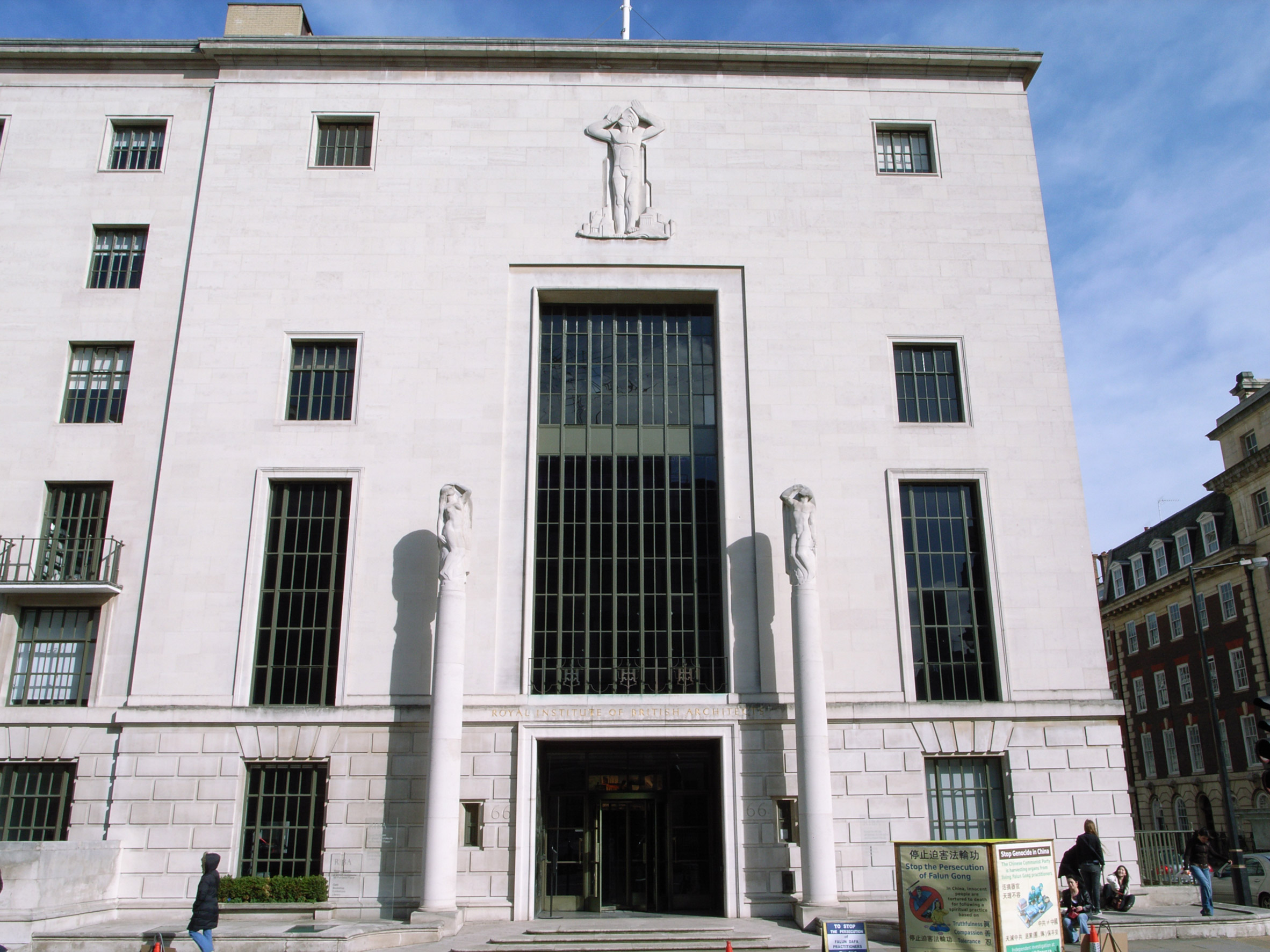
Speakers at a climate summit organised by Architects Declare and RIBA last week called on architects to take responsibility for decarbonising their buildings, rather than blaming clients and the lack of regulations.
Instead, they should actively lobby lawmakers, turn down projects and materials that contribute to climate change and challenge clients rather than prioritising profit at all costs, according to speakers at the Built Environment Summit.
"We have a duty and, most importantly, the skills" to have these "more uncomfortable conversations", said Andrew Forth, interim director of policy and public affairs at RIBA.
"It's not the time to be neutral about the fate of the planet," added environmental lawyer Farhana Yamin. Otherwise, architects are merely "enablers of business as usual".
"Our role is not just to service whatever clients want, it's also to educate clients and educate ourselves," Yamin said.
Maria Smith of engineering firm Buro Happold agreed that built environment professionals "need to make sure that the conversation goes beyond 'it's not my problem, it's your problem'".
Built environment lagging behind other industries
The Built Environment Summit, organised by the Royal Institute of British Architects (RIBA) and climate action group Architects Declare, took place last week ahead of the COP26 conference.
The two-day event invited architects, engineers, contractors and developers to examine what they can do to design buildings with net-zero lifecycle emissions by 2030.
Nearly 40 per cent of global greenhouse gas emissions stem from the built environment. Eliminating them is necessary to meet the goals of the 2015 Paris Agreement and limit global warming to 1.5 degrees Celsius above pre-industrial levels.

Speakers at the event argued that, while other high-emissions sectors such as the automotive industry have seen most major players set their own decarbonisation targets, architecture practices are failing to take similarly decisive action.
"We're already seeing, across other industries, that those uncomfortable questions are being asked," said Forth.
"We're seeing quite large advertising agencies say they won't work with fossil fuel companies from 2025," he continued.
"Philip Morris International, a giant tobacco company, is committed to stop selling cigarettes by 2030. And Volvo, they're phasing out the use of the internal combustion engine. I'm not sure that we're having those conversations in the construction sector."
Blame is pushed onto clients
According to Smith, who edited RIBA's recent Built for the Environment Report, efforts to decarbonise the built environment have so far been held back by widespread "inertia", as architects, planners and clients can't agree who should take responsibility for the emissions of a building.
"The thing that's really complicated with the built environment is that it's not as clear cut where our scope is," she said.
"I think sometimes people get stuck as a link in the chain. At the end of the day, we're a service industry and we're having to meet requests from [the client] side. And then that next link in the chain, they don't have ultimate decision-making power either."
"We always give the excuse that actually, it's our clients," Yaming agreed. "We're servicing clients. We have to be neutral and provide a little advice but it's really their decisions that are paramount."
"But actually, in doing the design, we're just as much ethically culpable," Yamin continued.
Architects should lobby government
Especially well-resourced practices in rich countries should be taking the initiative and aiming for more ambitious targets, she argued, in order to lead by example.
"We need to move very fast, very much further and on a proactive footing," Yamin continued.
"We cannot leave it to the politicians, we cannot leave it to lawmakers, you cannot wait for the building regulations and then build to them. You have to act first and push for those changes."
RIBA's Forth similarly argued that, while a number of industry groups have called for top-down regulation from government to decarbonise buildings, architects should be getting more involved in politics themselves in order to bring about the policy changes they want to see.
"Architecture in the UK is a four and a half billion pound sector of the economy," he said. "But there are five people employed by the sector whose job it is to lobby government and all of them work at the RIBA."
"If you look at how many people work for planning consultancies and product manufacturers, there are a lot more."
Built environment failing to engage in politics
At COP26, the future of the built environment will be discussed during a dedicated half-day.
But according to architect Andrew Waugh, who helped to organise the Built Environment Summit and was among ten COP26 attendees interviewed by Dezeen about their hopes and fears for the conference, this is far from enough.
"The industry has been relegated to an afternoon on the last working day of the conference and the fault for that lies with our industry," he said.
"We're just not putting the effort into the transformation necessary, still fiddling around the edges and celebrating the same old shiny boxes."
Nigel Topping, the UK's climate action champion for COP 26, told Dezeen earlier this year that architecture is "one of the least well-represented businesses" in the UN's net-zero push, with none of the country's 50 largest firms taking part, while less than six per cent of the RIBA's 4,000 chartered practices have signed on to its 2030 Climate Challenge.
The photo of the RIBA headquarters is by Steve Cadman.
The Built Environment Summit took place from 28 to 29 October 2021 at RIBA in London. See Dezeen Events Guide for an up-to-date list of architecture and design events taking place around the world.
The post Architects are "enablers of business as usual" say speakers at Built Environment Summit appeared first on Dezeen.
from Dezeen https://ift.tt/3mBnfSz
No comments:
Post a Comment